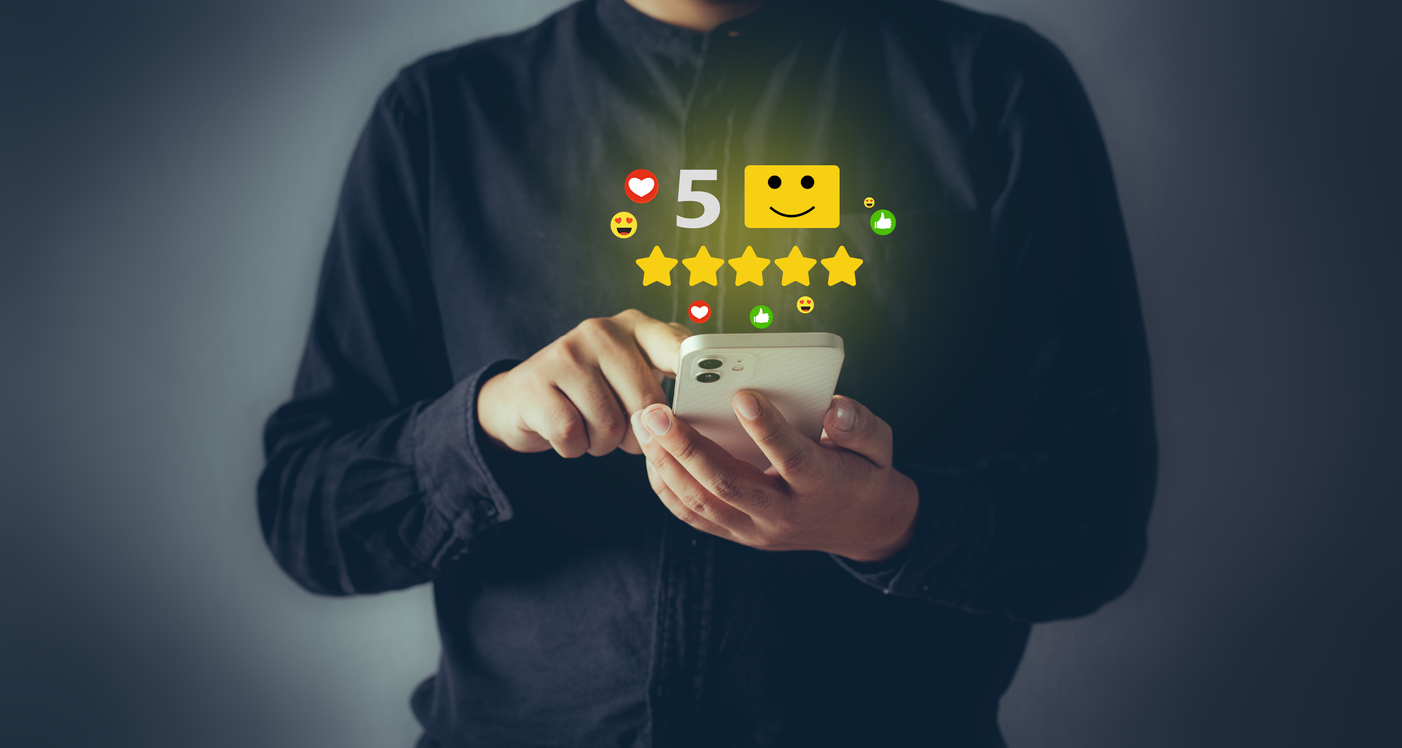Personalization needs to be a part of any communication service provider’s (CSP’s) marketing strategy today. Genericized, mass-market campaigns have become ineffective as customers, who have become used to being swamped with thousands of materials on a daily basis, have learned to tune out anything that doesn’t speak directly to them.
But despite the benefits of true personalization, many companies remain wary of these techniques. They may worry their data is too big and unwieldy to harness successfully, or have concerns about the potential for invading customers’ privacy.
With the right approach, however, these worries will turn out to be myths. And some of the world’s largest telcos have already seen great success in incorporating personalization into their campaigns, provided they have the right technologies available to help them with this.
For instance, Intent HQ has worked closely with Verizon to develop relevant campaigns, using our AI-driven platform to turn the firm’s insights into true customer understanding. In turn, this has helped the company develop an innovative approach to personalization that delivers greater relevance to customers and improved customer engagement and conversion rates for Verizon.
This example also helps showcase how some of the most common questions and misconceptions marketers may have about personalization can be addressed, and how the strategy can be used effectively.
Myth: Customers find too much personalization off-putting
A common belief is that personalization, if done badly, will come across as creepy or intrusive to customers. This idea may be driven by significant increases in public awareness and concerns regarding privacy in recent years and reports of companies mishandling their data.
However, the facts suggest that as long as personal data is used with respect and customers are aware of what brands are using it for, this is not the case. For instance, more than four-fifths of consumers (81 percent) are willing to share personal data in exchange for a user experience that’s more relevant to them.
At Verizon, millions of customers opted in to allow the use of their data for marketing purposes. This enabled us to identify a range of key groups within the category of ‘eco-conscious audiences’ – from those interested in eco-friendly brands to those with charitable interests – and tailor messaging accordingly.
The results show how customers react more positively to communications that match these specific interests, rather than more generic mass-marketing campaigns that assume everyone within a broad category thinks and acts alike. Indeed, according to McKinsey, personalized marketing efforts are proven to boost revenue by up to 15 percent.
Myth: Personalization can’t be achieved at scale
Even if true personalization can be achieved on an individual basis, being able to develop a deep understanding of a specific customer is the easy part. Where personalization really becomes difficult is when you try and scale this up to millions of users.
This is where many efforts fail, because CSPs don’t have the right solutions to effectively handle and ask questions of their data at scale. But as Intent HQ’s work with Verizon proves, with the right tools, it can be done.
As one of the world’s biggest telecoms providers, with over 100 million customers in the US, the company has a huge well of resources to draw on, with 2.5 trillion records such as weblogs and call detail records that it needs to make sense of.
Working with the weblog data of 10.8 million opted-in customers, Intent HQ was able to segment these users into easily-understandable tribes based on their real-world behavior. This information was used to define several key audiences for the brand’s eco accessories campaign, enabling Verizon to be confident its messaging was tailored to the right customers.
Myth: Personalization is ineffective
Intent HQ’s work with Verizon demonstrates clearly the impact a strong personalization strategy can have. For its eco accessories campaign, the company had set a target take-up rate of 2.19 percent. But with the personalization steps provided by Intent HQ to turn their customer insights into complete human understanding, we were able to improve on this target by seven per cent.
This isn’t the only positive result. For instance, personalized communications saw unsubscribe rates for the campaign drop from 0.12 percent to just 0.03 percent, which highlights the relevance of the campaign and speaks to increased customer satisfaction, as consumers no longer felt the communications were spammy.
Our Verizon campaign is just one example of how effective use of AI-driven technology makes personalization more relevant and more effective at scale.
To find out more about how Intent HQ’s unique technology delivered results for Verizon, download our detailed ebook case study.
Image credit: iStockphoto/Kerkez




